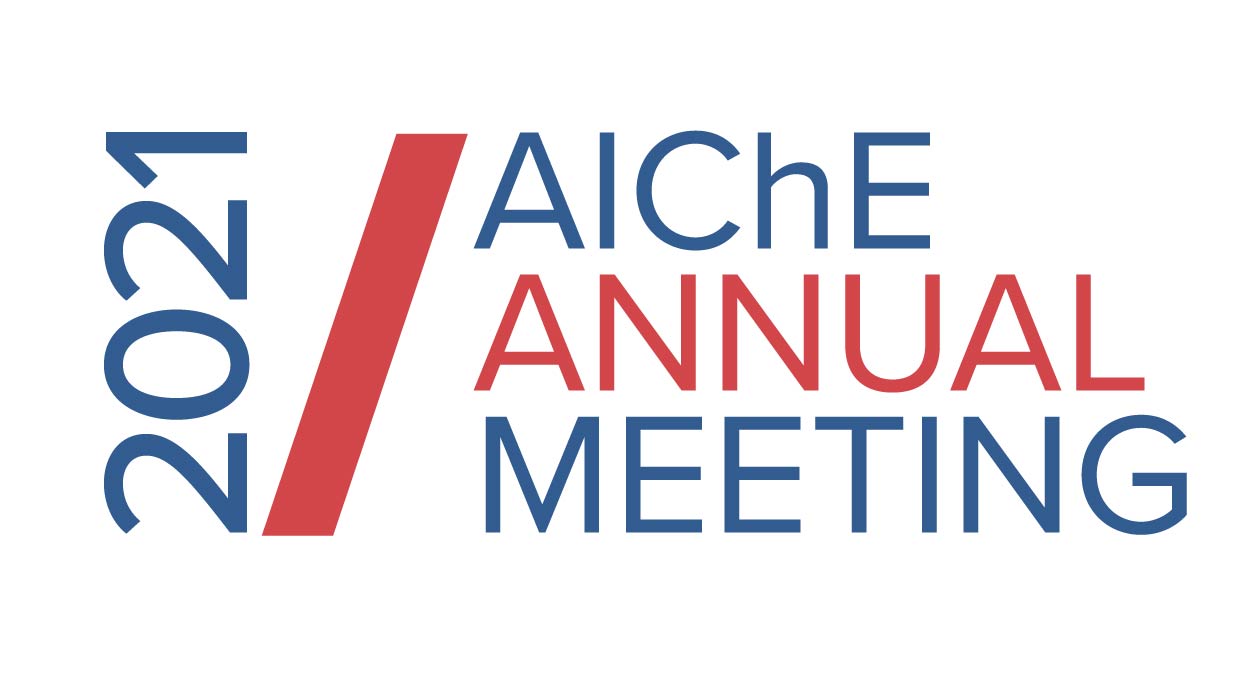

In this work, we present a universal expression for the equilibrium constant of a chemical reaction as a function of thermodynamic driving forces and demonstrate how all reaction equilibrium contours can be plotted with non-dimensional groups that scale with temperature, pressure, and voltage. With a specific set of axes, all reactions can be represented by a single (x,y) point and a clear divide between electrochemically and thermochemically driven reactions is visually evident. This visualization shows that reactions with large enthalpies generally cannot be driven solely by temperature and pressure, whereas such reactions can be driven electrochemically according to their thermodynamic equilibrium. Converting from temperature, pressure, and voltage to heat and work fluxes qualitatively supports this conclusion, although more specific data about reaction operation such as equipment efficiencies is necessary to provide a quantitative energy analysis. This universal equation and facile visualization of chemical reactions enables quick and informed justification for electrochemical versus thermochemical energy sources.
